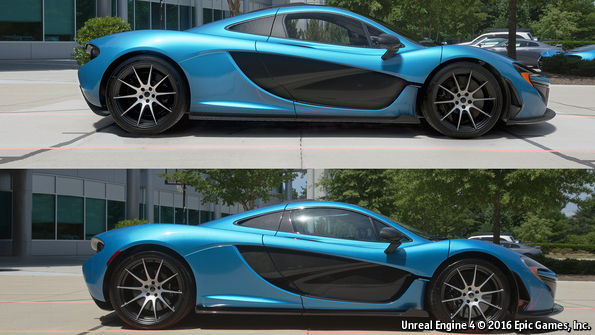Engines of creation

JUNE 22nd is the 20th birthday of “Quake”. Its release, by a Texan firm called id Software, was a milestone in the history of video games. “Quake”, a grim and gory fantasy “shoot-’em-up”, pioneered many now-commonplace features of computerised play. Its most striking innovation was its fully three-dimensional world. This was drawn by a piece of software, called a game engine, regarded at the time as jaw-dropping.
These days “Quake” looks like a muddy brown mess. Two decades of advances in processing power, allied with cut-throat competition between games designers, have advanced the art tremendously. Game engines are now a product in their own right. Besides drawing the graphics, they handle tasks like simulating physics (such as gravity, say, or object collisions) and connecting players to each other online. They are, in other words, the platforms upon which games are built. Most games companies buy them pre-made, off the shelf. And not just games companies. Game engines have become so good at creating high-quality facsimiles of reality that they are attracting the attention of firms that, until now, have had nothing to do with video…Continue reading
Source: Economist




